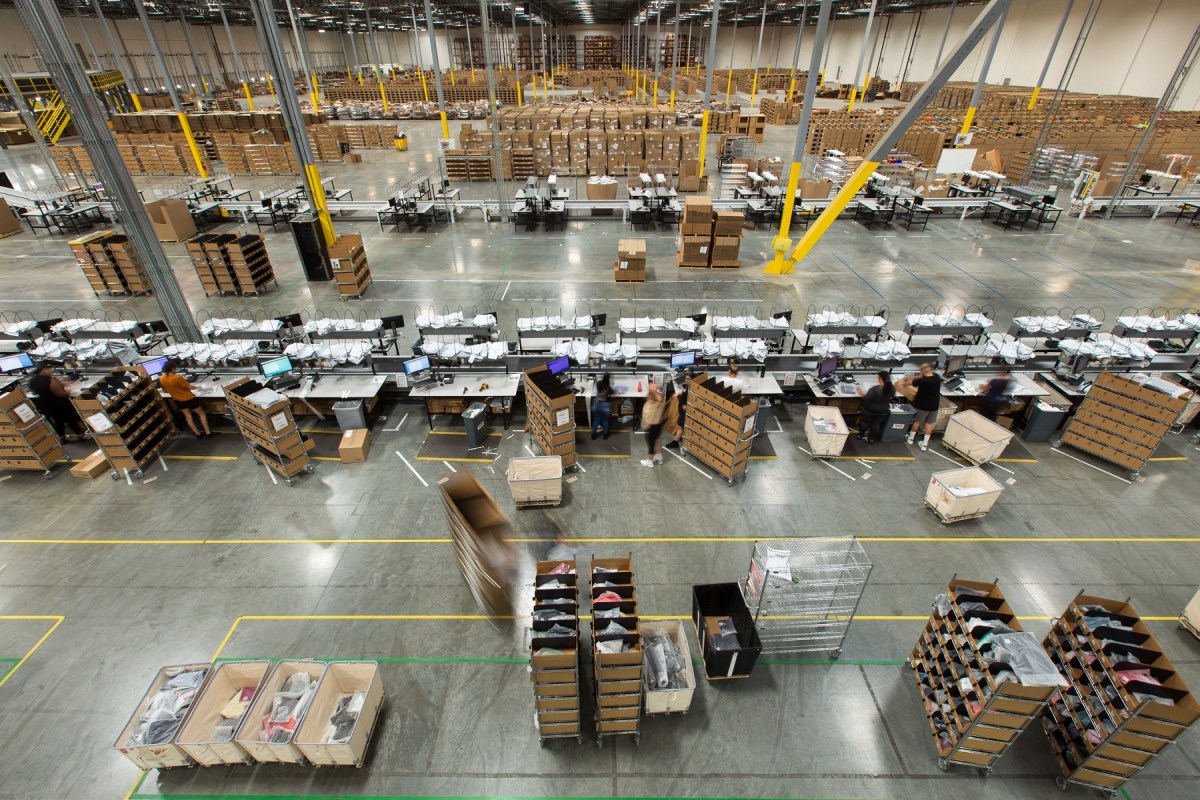For the past couple of years, retailers have been struggling under the weight of ongoing supply chain issues as a result of the pandemic. From issues accessing raw materials to postal services failing at the last mile, there’s been a whole world of headaches when it comes to global retail logistics.
The pandemic exposed cracks in the global supply chain that were already beginning to show long before COVID-19. The supply chain has been plunged into crisis, with cargo ships rerouting, entire countries shut down, and estimated delivery times pushed back weeks, months, or even years. At Bondi Sands, we saw shipping times from Australia to the UK and the US swell from four to six weeks to nearly three months.
Over two years since the pandemic first began, supply chain delays have gone from a temporary issue to a more permanent state of affairs. With more issues on the horizon for the next year at least, it’s a problem that’s not going away anytime soon.
Bondi Sands has faced these issues head-on through increasing stock, maintaining a clear hold on our inventory, and communicating well with our partners. So, if you’re looking to get your own supply chain issues in order, here are some top tips for retailers looking to fix the seemingly unfixable.
Hold more stock
With shipping times uncertain for the foreseeable future, many retailers and retail brands have decided to carry more stock than they would have pre-pandemic. By making the business decision to carry more stock than you might ideally want to, you’re allowing room for disruption in the supply chain.
It’s not possible to simply flick a switch and get that supply up instantly, so it might take a while to get your stock up to those new heights – especially if you’re simultaneously having issues with the importing of raw materials.
Holding more stock will tie up more working capital, so make sure that it’s within your business’s funding agreements or that your funding facility is capable of accommodating the added extras.
Once you’re at a comfortable spot, however, the extra buffer will allow for an uninterrupted supply to the end customer – which can be the difference between gaining or losing customer trust.
Get your inventory in order
Along with stock levels, retailers must get their inventory in shape. For most brands, 70% of their revenue is made up of 10- to 15% of their SKUs – the core range that drives their brand. Focus the majority of your attention on those, and make sure that your hero SKUs are always in stock.
If you’ve got some leakage in your less popular SKUs, it’s not going to have as big of an impact. That way, if there are financial constraints, you’re able to mitigate that risk against those slower-moving SKUs. Be prepared to have some out of stocks on those slower-moving SKUs, with a slower turn rate, that will allow the most productive SKUs to continue to sell.
Communicate, communicate, communicate
The supply chain is exactly that – a chain – and if one link is broken, then the entire chain is disrupted. That’s why it’s vital to build and maintain a strong working relationship with your import and export partners and make sure they’re involved in restructuring discussions.
If you’re planning on adjusting your stock levels and adjusting your inventory, make sure that your warehouse team and manufacturers are aware well ahead of time, so they can make their adjustments.
Ask questions like: what constraints do we have from our suppliers? What issues can we expect in the next six to 12 months? How do we best work through these issues to ensure our objective as a company is achieved?
Operations are the heartbeat of any retail company, especially in the current climate of supply chain turmoil. Put simply, if you can’t get the right product in the right spot, then sales and marketing can’t do their job. By putting in the hard yards and working on your supply chain, operations, and logistics, you’ll be future-proofing your brand for years to come.
Jacob Muraca is chief operating officer and chief financial officer at Bondi Sands.

